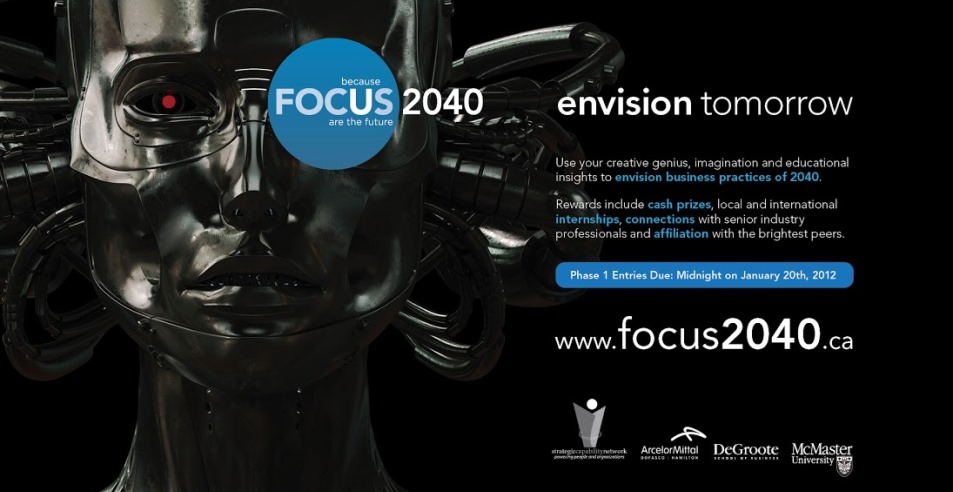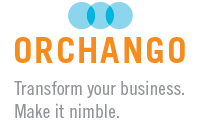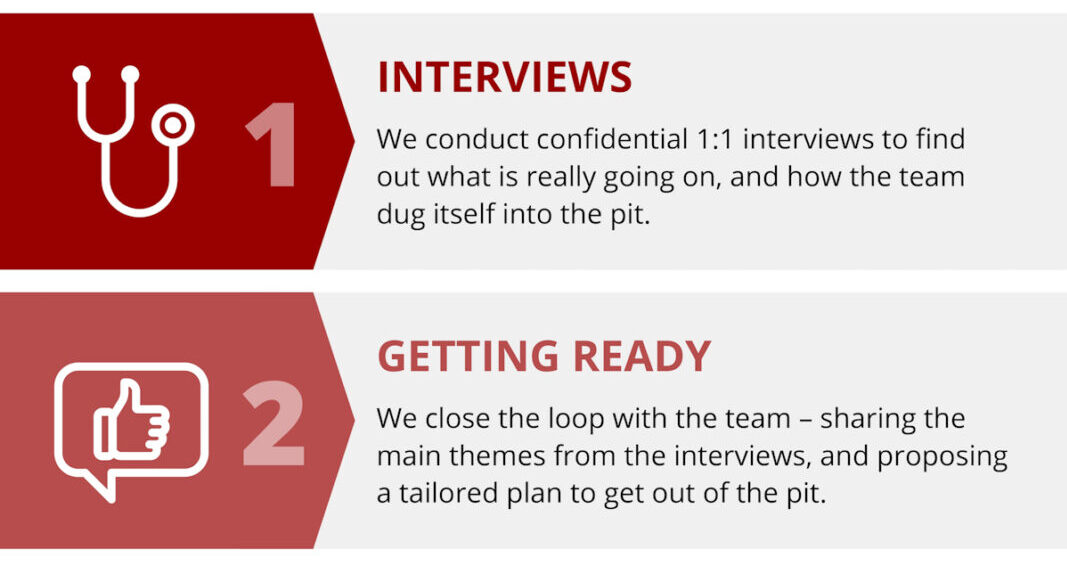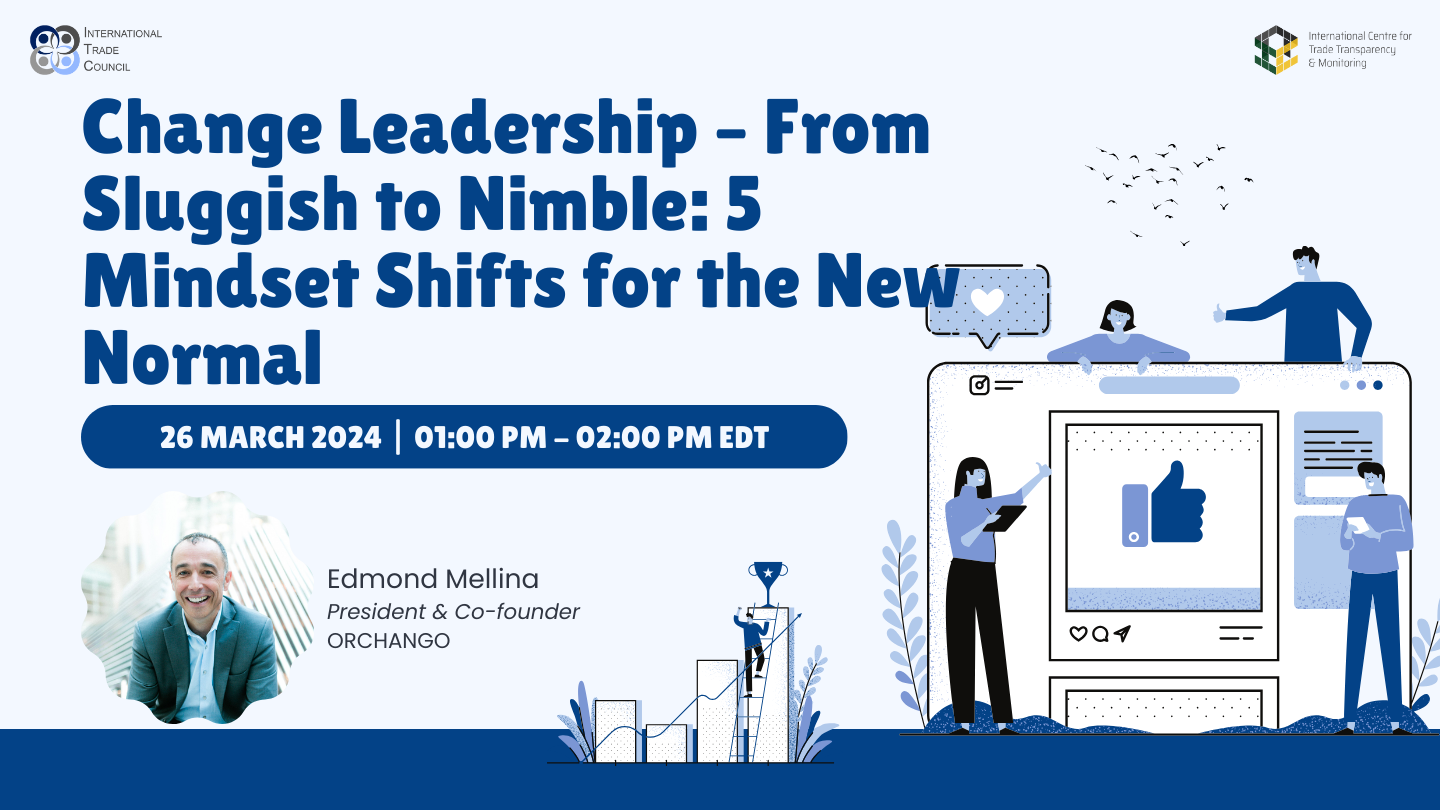How do you transform the dynamics of a team (leadership or otherwise) from dysfunctional to…
Working in 2040

Commentary on a student competition predicting the future of work. Written for Canadian HR Reporter (www.hrreporter.com) in collaboration with two other authors.
It seems just yesterday we were told computers would ensure a four-day workweek or less. In 1977, the president, chairman and founder of Digital Equipment, then a giant of mainframe computers, argued against the personal computer, claiming “there is no reason anyone would want a computer in their home.”
Even the legendary Bill Gates, founder of Microsoft, insisted “we will never make a 32-bit operating system” and later said the Internet wouldn’t become important. We all learn.
One insightful quip came from brilliant Danish physicist Niels Bohr, who observed “prediction is very difficult, especially about the future.”
Projecting the future is no easy task. With enormous strides continuing in technology and management approaches, what lies in store for organizations and employees 30 years from now? The Strategic Capability Network and DeGroote School of Business at McMaster University in Hamilton teamed up for Focus 2040 to pose that very question to business students across the country.
Nine finalists (Canada’s future business leaders of 2040), chosen from numerous written submissions, were brought together to present their ideas of what the workforce and organizations may look like three decades from now in the first of a new annual competition.
The nine presentations were all unique, with some themes common to all. Both the unique and common elements are worth noting since actual developments are likely to combine some of each.
Two distinctly diverging future scenarios emerged — just as one would hope in true scenario planning — one more positive, one more negative, but both within the realms of possibility. The great benefit of scenario planning is it prepares our minds to recognize and deal with elements of both as they begin to emerge.
What the winner said
The winner of the competition, Sandeep Achar from Bangalore, India, who is finishing his MBA at Queen’s University in Kingston, Ont., suggested there will be three underlying forces of change — technology, unpredictability and sustainability. He predicted an interesting divergence between and within world societies and, therefore, within work environments in which a major division will grow even more obvious between “haves” and “have-nots.”
Underlying this at the organizational level, there seemed to be a common consensus among all the presenters that individualism will be paramount and the “ego” worker of tomorrow will be driven by personal choice and aspirations for career and personal life goals.
Combining an increased need for autonomy with the emergence of sophisticated technological interactions, some students even suggested supervision will no longer be necessary and leaders would become “super-connectors,” linking qualified resources together around the world.
Powerfully emerging in the minds of the students was the “rise of networks,” as Achar described it. Imagine a team of highly intelligent individuals, with a wide array of deep expertise, coming together and hired by organizations around the world to solve problems on short-term contracts. These “teams of mercenaries,” or SWOT (strengths, weaknesses, opportunities and threats) teams, would be recruited on “talent exchanges” somewhat akin to the way large consulting firms staff projects today.
The individuals would collectively own and operate these teams. They’d live in different parts of the world and are the best of the best. This might be acceptable to the bio-bots (a combination of humans and robots) but imagine the human resentment at the fresh fruit cooler (water might be too rare a commodity by then).
At a more macro level, some presenters, including second-place winner Vanya Grover and third-place winner Viva Nsair, both from the MBA program at DeGroote, tended to share a more positive belief that diseases and poverty could be virtually eliminated, whether through nanomedical technologies or massive productivity increases powered by better management and as-yet-undiscovered or unexplored sources of energy.
But such problems may not be solved unless the second most universal prediction takes place, which is a major shift to pervasive collaboration — teams, companies and even nations collaborating with competitors and the like.
Some presenters clearly predicted this would supersede the more common, present-day style of competition, driven by newer leadership approaches. The audience was more skeptical about this shift.
Achar’s vision may be more likely. If two levels of societies emerge in many countries, haves and have-nots may have to be kept separated by some mechanical or automated barrier system of walls or even robot police forces, preventing the have-nots from over-running and destroying advances made by the haves. Nations might indeed face this sort of science fiction scenario if water, oil and food shortages continue to create diverging social levels and the generally predicted movement toward “green” solutions falls short.
The rise of technology: ‘Etherspace’ and ‘bio-bots’
The most common theme among all presentations was the continuing evolution of technology. Achar, like a number of presenters, saw much more virtual work and study, including distance education via video and study sessions across what some are calling “etherspace.” The etherspace would be created by combining many current meeting technologies, including advanced versions of video conferencing so real that participants are in the room together via holographs. Or there might be “telepresence” video rooms where people seem to be sitting together, but are literally continents apart.
Also common to several presentations was the comprehensive use of artificial intelligence — the idea of bio-bots or humans enhanced with implanted biomechanical aids and computer chips. The students noted biomechanical hands, arms, legs and other parts are already in use today, though in a much more rudimentary form than 2040.
Whether implanted or not, computers would continue to aid (and even collaborate if they emerged as fully “intelligent” machines) with human ingenuity to fully or partially solve many of these challenges. Just imagine the possibilities:
- A central datastore of all company information accessible through a computer chip implanted in a person’s brain.
- A person’s thoughts being automatically downloaded to a computer to eliminate the need for typing.
- The ability to read emotions in conversations to separate what people say versus what they really think or feel.
How these advancements are integrated into organizations would become the challenge.
Power of human intellect
So, will technology supersede the human intellect? Who can be sure but, in 2004, a worldwide chess competition over the Internet allowed free-form entries by individuals or teams that could include huge computers, chess masters, amateurs and laptop programs working alone or together. The overall winner was not one of the monster computers, nor an individual or team of chess masters with or without computers, but a couple of fairly good amateurs using three laptops.
Neither expert human strategists nor raw computing power were able to beat amateurs who used a novel, strategic approach backed by basic computer power that helped avoid common mistakes — living proof of the concept human ingenuity together with computers are what will keep us moving forward best.
On reflection, it certainly appears the most challenging vision for the future is not technical wizardry nor resource shortages, but the concept of collaboration to solve ever more complex problems involving ever more stakeholders.
Whether realistic, sci-fi or not, looking 30 years into the future has to be crystal-ball gazing. Even 20 years ago, few people could have predicted how widespread the use of the Internet would become.
We are still learning to crawl compared to what technology may do for us in future. The key value of any effort to visualize what could be is to keep us on our toes for whatever really begins to emerge.
American general (later United States president) Dwight Eisenhower, entrusted with planning and leading a complicated drive to win the Second World War in Europe, had the challenging task of co-ordinating the collaborative efforts of armies from diverse countries and cultures. One of his deepest insights was, “Plans are useless but planning is indispensable.”
We cannot create an exact plan for the next 30 years, neither for work nor for societies, but we can look at what might be and continually take our best steps now to make those possibilities work better. With all their submissions, the business students who participated in the Focus 2040 competition have greatly fueled this critical process.




This Post Has 0 Comments